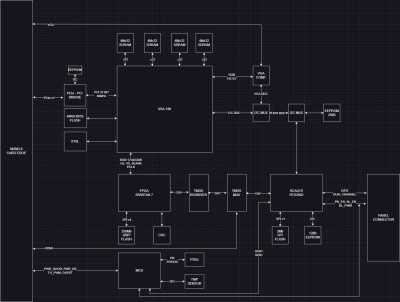An essential part of drones are the Electronic Speed Controller (ESC) which translate the commands from the flight computer into responses by the connected brushless motors (generally BLDCs). As the ESC determines a lot of the performance characteristics of a drone, it has its own firmware, which for (FPV) drones is overwhelmingly BLHeli, specifically the 32-bit version (BLHeli_32). Now the Norwegian company (BLHeli AS) behind this closed source firmware has thrown in the towel, citing illegal use of its firmware by sanctioned countries like Russia for purposes like warfare. This news and its implications are covered in detail in a video by the [Mads Tech] YouTube channel, including the message sent to customers by the company’s lawyer.
So far the GitHub repository is still online, featuring binary images for BLHeli_32, as well as the open source BLHeli (8-bit Atmel/Silabs) firmware and BLHeli_S (multirotor 8-bit Silabs) firmware. Due to the open source nature of these earlier projects forks already exist, such as BlueJay for BLHeli_S, and with the AM32 project there is an open source 32-bit ESC alternative. For 8-bit platforms it would thus seem that even with BLHeli_32 vanishing there is no impact at all, while for 32-bit platforms AM32 seems to be largely a drop-in solution.
Regardless of the reasons behind BLHeli_32 vanishing like this, the community and businesses can now hopefully move their (financial) support over to the AM32 project, making this more of a blip than an outright disaster for those who are into their high-end multicopter drones.
Thanks to [Frank Zhao] for the tip.

















